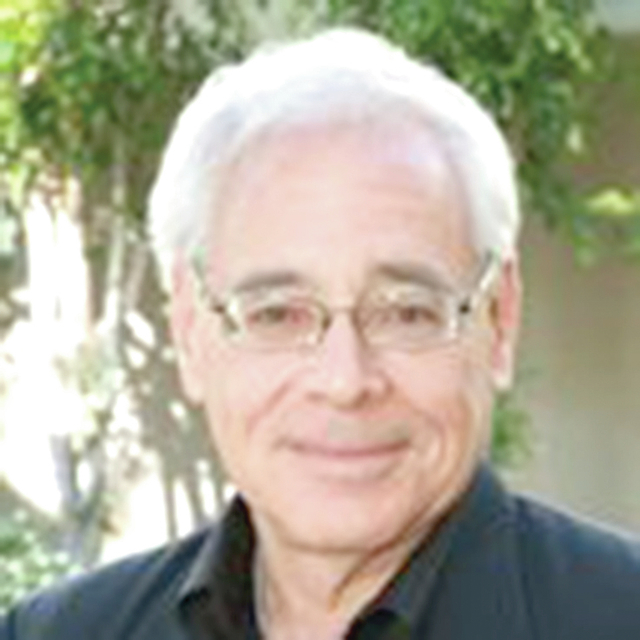While defending the Thirty Meter Telescope in Hawaii, project manager Gary Sanders says he also is pursuing permits needed to build in the Canary Islands. ADVERTISING While defending the Thirty Meter Telescope in Hawaii, project manager Gary Sanders says he
While defending the Thirty Meter Telescope in Hawaii, project manager Gary Sanders says he also is pursuing permits needed to build in the Canary Islands.
TMT International Observatory announced in October that it had selected the Spanish-owned islands in the Atlantic Ocean as an alternative site to Mauna Kea after lengthy delays due to protests and the loss of its land use permit.
The $1.4 billion project is currently going through an exhaustive second contested case hearing to regain its approval to build in the mountain’s conservation district.
A previous hearing in 2011 resulted in a favorable recommendation, but the state Supreme Court ruled the state Board of Land and Natural Resources violated due process rights of opponents by voting for the permit prior to the start of that review.
Sanders testified in the new quasi-judicial hearing last week. The hearing started witness testimony in October.
He said the 180-foot-tall telescope was designed to keep its impact to the mountain to minimum, making the giant observatory the smallest of the next-generation class of telescopes that are being built.
During cross-examination, some opponents accused him and the project for causing emotional trauma to Native Hawaiians and trespassing on Hawaiian kingdom land.
In a video released by TIO following his appearance, which ended Wednesday, Sanders said his team also is going through an environmental analysis and permits needed to build on La Palma in the Canary Islands.
TIO officials have said they intend to resume building in April 2018 at either site. A decision on where to build could occur as early as October, the organization’s last scheduled board meeting for the year.
“The goal is later this year the board will have the option in Hawaii and they will know they have the permits and environmental clearance in La Palma and they will be able to choose one or the other,” Sanders said in the video.
He said they are in the initial stages of getting the permits from the Spanish government.
Sanders said Mauna Kea remains the better site for astronomy since the mountain is nearly 6,000 feet taller.
Some Native Hawaiians strongly oppose the project because they see construction of the observatory as desecration of sacred land.
Sanders said while being cross-examined that rock excavated at the site would be kept nearby and reused when restoring the location at 13,100 feet above sea level.
“The idea is not to bring any material off site or to bring any material on site,” Sanders said.
Waste that the observatory produces also would be stored and removed.
In his written testimony, he said the telescope, which would see to the edge of the viewable universe, would take seven years to build, employ up to 140 people to operate and maintain, and that it would not be visible from culturally sensitive locations such as the summit of Pu‘u Kukahau‘ula or Lake Waiau.
Hawaiians who oppose the project say they consider the entire mountain sacred, and at least one opponent questioned whether the project is “site specific” to Mauna Kea. In other words, does it have to be built there?
Sanders said no but relocating it would require some redesign.
Additionally, TIO would restore Pu’u Poliahu, which has a jeep trail, and help translate modern astronomy lessons into the Hawaiian language, his testimony said.
The contested case hearing, overseen by retired judge Riki May Amano, is scheduled through the rest of the month.
The telescope organization’s partners are Caltech, University of California, Association of Canadian Universities for Research in Astronomy and national institutes in Japan, China and India.



